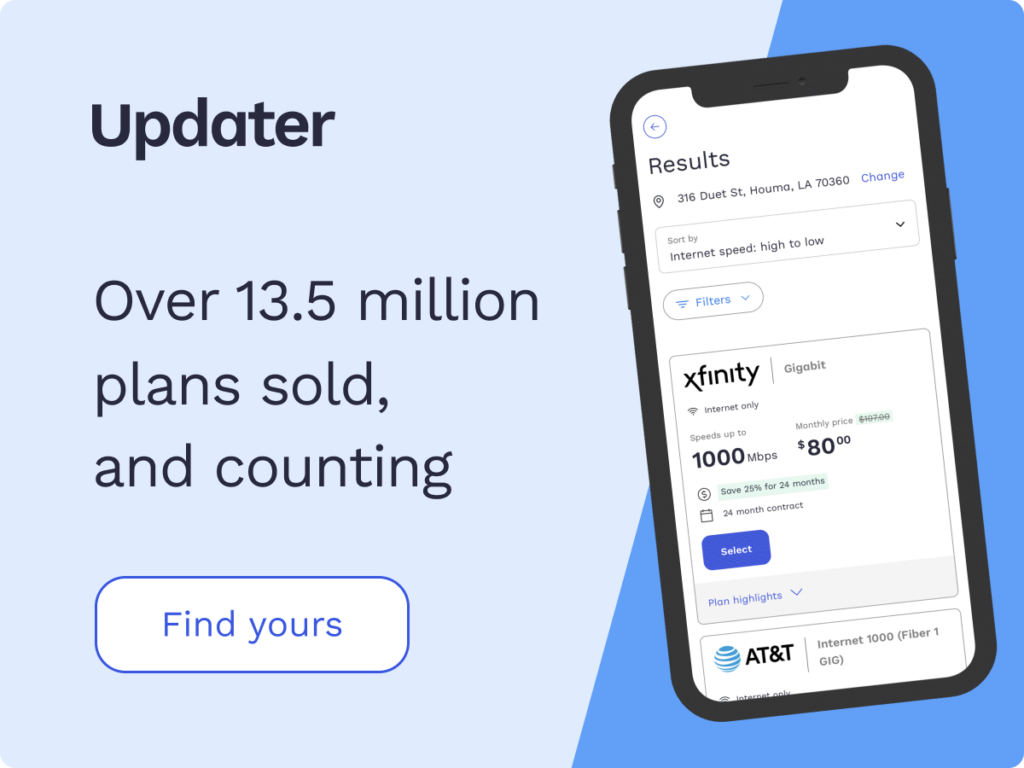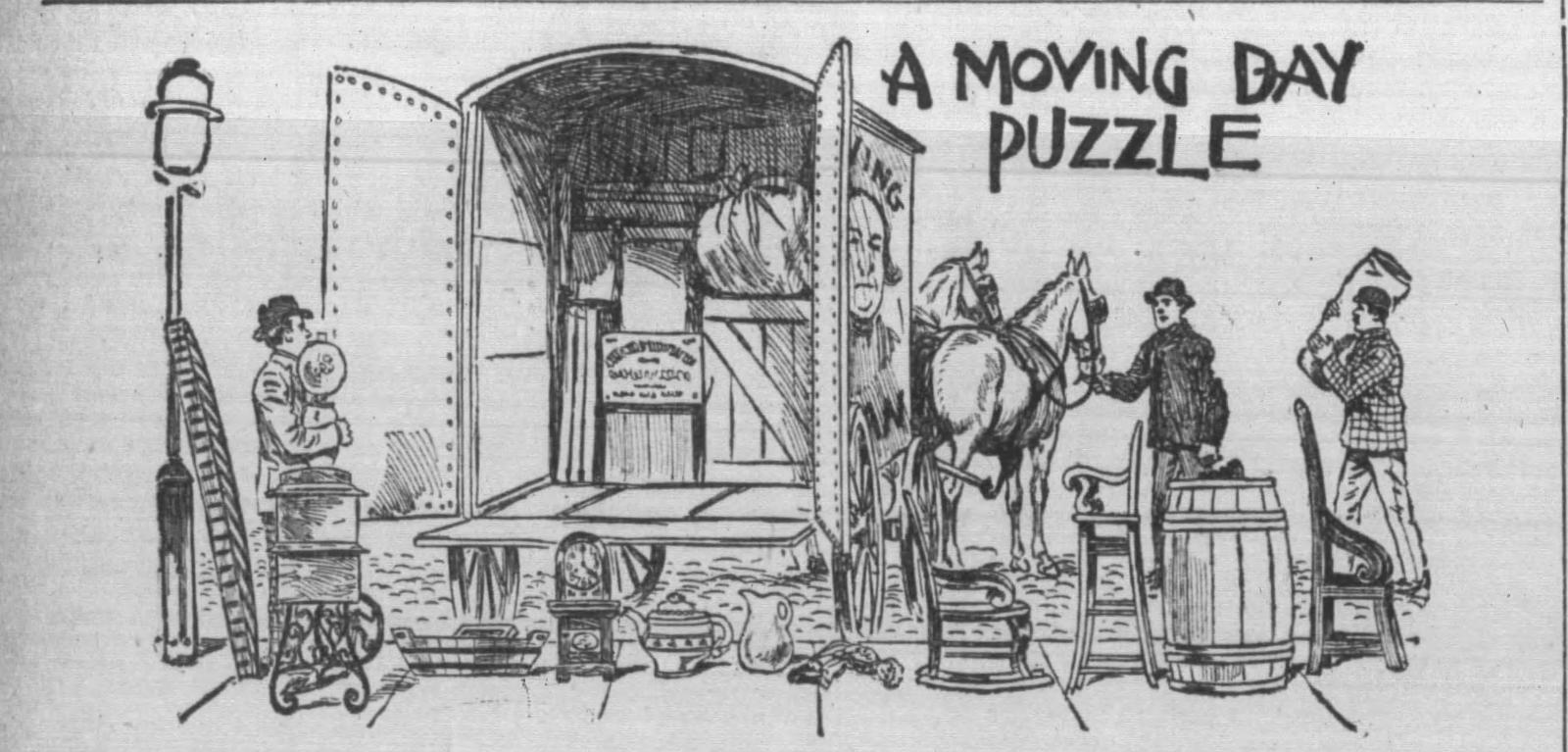A Guide to Internet Service Provider Fees

Internet service providers (ISPs) charge a variety of fees designed to help them support customers as well as keep their businesses running smoothly without sacrificing profitability. Some fees, such as those for your modem and router, are recurring, while others, including activation fees and reconnection fees, you can take care of with a single payment.
In this guide, we’ll discuss the different kinds of ISP fees, as well as those charged by some of the leading players in the industry.
- What are the most common types of internet fees?
- AT&T internet fees
- Verizon Fios internet fees
- Xfinity internet fees
What are the most common types of internet fees?
Modem and router fee
A fee paid to rent a modem and router—or a combination unit—each month.
Cancellation fees
A fee you have to pay if you cancel your services before having fulfilled contract requirements.
Data usage and limit fees
Fees associated with going over an allotted data limit over the course of a month.
Installation and setup fees
Fees you pay to have your internet service installed.
Network enhancement fees
Not charged by all providers, but these are designed to help the ISP improve or expand their network.
Late payment fees
Fees you’re assessed for not paying your bill on time.
Activation fees
These fees are assessed when you first initiate service with an ISP.
Wi-Fi activation fees
Some ISPs charge a fee for setting up your Wi-Fi.
Unlimited data fee
For providers with data caps, you can sometimes pay a fee to get unlimited data instead.
Surcharge
A surcharge is a fee the ISP charges to help support its network or otherwise invest in infrastructure.
Truckroll
This is a fee you may have to pay to have an ISP send someone to your home to address an issue. It covers the labor, travel costs, and equipment associated with the visit.
Restoral or reconnection fee
Fee charged for restoring your service after it’s been terminated due to nonpayment.
Equipment non-return fee
Fee charged when you don’t return the provider’s equipment that you rented.
Recovery fee
This is, in some ways, similar to a surcharge in that it’s charged by the ISP with the intent of investing in supporting their network.
AT&T internet fees
Standalone pricing fee
Standalone pricing involves an extra charge for when you don’t bundle your internet service with a qualifying postpaid AT&T wireless plan. This plan also has to come with a minimum monthly allowance of data of 1GB. If you don’t have a bundled package, you have to pay an extra $10/month. For example, with a $59.99 plan that’s not part of a bundled service, your monthly charge goes up to $69.99.
To avoid this fee, you would have to get a bundled plan that includes an AT&T wireless plan. The fee applies only when you don’t choose a bundled plan when you first sign up for service.
Installation fee
AT&T’s installation fee of $99 is a one-time charge you pay when you first set up your service. It covers the cost of a technician coming to your home or office and installing all the equipment necessary for your service.
These charges are only applied one time—when you first sign up for service. There’s no way to avoid them because AT&T makes them mandatory with every new service. However, if you choose one of AT&T’s fiber internet packages, installation is free.
Overage charges
AT&T’s fixed wireless internet plan only allows a maximum of 350GB of data per month. If you go over that amount, you have to pay between $10 and $200. This fee gets applied at the end of your monthly billing cycle and will be reflected on your bill for that specific period.
The best way to avoid paying this fee is to contact AT&T periodically during the month to check how much data you’ve used for the month up to that point. That way you can tell whether you’re approaching your limit and adjust your internet usage accordingly.
Equipment non-return fee
If you don’t return your equipment to AT&T within 21 days, you have to pay a fee of $150. However, the fee can be refunded if you end up returning it within 90 days of your cancellation date.
This fee gets applied after you cancel your service with AT&T, and it may be reflected in a bill that comes after your final, regular invoice. To avoid paying this fee, you should return your equipment as soon as you terminate service with AT&T. Also, if you forget, you can claim their refund, as mentioned above, as long as 90 days or less have passed since you cancelled your service.
Taxes, federal and state universal service charges, regulatory cost recovery charge
These fees, which cost up to $1.50/month, are those that AT&T passes on to customers to cover a variety of mandatory charges imposed on them by exterior entities, such as government agencies.
There’s no way to avoid these fees, and they’re applied to your bill every month.
Gross receipts surcharge and administrative fee
These fees, which amount to a maximum of $1.99/month, are similar to those applied for taxes and state universal service charges in that they come from external entities, and AT&T passes them on to their customers. They may include taxes on the sales or rental of wireless devices and other internet services AT&T provides.
These are unavoidable and they’re assessed each month as part of your bill.
Verizon Fios internet fees
Setup fee
Verizon charges a setup fee of $99. This covers the cost of someone coming to your home and installing your service. You’re assessed these setup charges after you initiate service, and don’t have to pay it again after that.
This fee is unavoidable because Verizon Fios must always be installed by one of their technicians.
Wi-Fi extender fee
If you’d like to ensure your internet signal travels throughout your home, you can get a Wi-Fi extender from Verizon for $20/month. You would install it near the edge of an area in your home where you’d like your service extended to, such as someone’s bedroom or an entertainment room.
This fee is optional because you don’t have to get a Wi-Fi extender. If you feel you need a Wi-Fi extender, however, the best way to avoid this recurring fee is to purchase your own.
2TB of Verizon Cloud storage
If you opt for a Fios plan other than Verizon’s Gigabit Connection option, and you want to take advantage of 2TB of cloud storage, you have to pay $14.99/month.
However, this is an optional fee because you don’t have to subscribe to the service. If you would still like cloud storage and would rather not pay Verizon $14.99/month, you can subscribe to another cloud storage provider.
Disney bundle
For the first 12 months of Verizon Fios service, they give you their Disney Bundle for free. After that time period has elapsed, you’re charged $13.99/month. The charges will be applied to your regular bill after you’ve been with Verizon for more than a year. The best way to avoid this fee is to unsubscribe from the Disney bundle before a year has elapsed after signing up for Fios.
Xfinity internet fees
Installation fee
Xfinity charges an installation fee of $89.99 when you first sign up for service. This is designed to pay for the cost of a professional installer coming to your home and putting in the necessary equipment. The price also covers the cost of the installer’s travel, tools, and any extra wiring you may need to complete the installation.
This fee is unavoidable, and it’s assessed after you initially sign up with Xfinity and choose a plan.
Reactivation fee
If your Xfinity service gets cancelled due to non payment, and you decide to reactivate it, you have to pay a fee of $6. This is a one-time fee that applies to each time you reactivate your service after it being cancelled because you neglected to pay your bill.
This fee is unavoidable if you want to sign up with Xfinity again. But you can avoid it by switching to another ISP. It’s assessed on your first bill after you reinstate service.
Late payment fee
If you pay your bill late, Xfinity charges you $10. The fee gets applied only after you’ve gone past the bill’s due date on your invoice. Also, the $10 fee doesn’t go up incrementally if you continue to not pay that bill. On the other hand, each bill you get can have its own late fee of $10, resulting in the charges adding up as months go by.
While this fee is unavoidable if your payment is late, you can prevent making late payments by signing up for automatic payments and ensuring the account they’re being pulled from stays funded. You can also pay your bill on-time regardless of whether you have automatic payments set up.
Modem/router fee
Xfinity gives you a modem/router combination device for free, but if you’d like additional devices, you have to pay $5/month for each one. You can get as many as three extra modem/router combo devices for each Xfinity service agreement, and the fee is assessed at the start of each billing cycle.
If you want an extra modem/router device but don’t want to pay $5/month, you can purchase one from a third party.
Fee for opting out of adding a mobile line
For some of Xfinity’s plans, you only get a deal on your internet if you also choose to add mobile service when you sign up. Otherwise, you have to pay a fee of $20/month. This gets added to your monthly bill after you either cancel or choose not to add mobile service.
The best way to avoid this fee is to either sign up for mobile service if the plan requires it to get a discount, or choose another plan that has a price you’re comfortable with even if you don’t opt for mobile service.
Fee for opting out of paperless billing or automatic payments
If you choose not to go with either paperless billing or automatic payments, you’re assessed a $10 fee that gets added to each month’s billing statement.
This fee is relatively easy to avoid by signing up for both paperless billing and automatic payments. But if you stop either one, it’s unavoidable as long as you have Xfinity service. You can sign up for paperless billing and automatic payments when you first get your service, or opt into it after you’ve already subscribed.
xFi fee
Xfinity offers a device called xFi that works as a hotspot in your home for your mobile devices. Each xFi comes with a data plan. One of them offers unlimited data, and it costs $25/month. The other xFi plan comes with 1.2TB of data, and that costs $14/month.
When you sign up for Xfinity, you don’t have to get an xFi device, so these fees are optional. The best way to avoid them if you want a powerful hotspot in your home is to purchase one from a third party. If you do choose to get an xFi, the fee will be reflected on your regular monthly bill.
*Pricing varies by location and availability. Speeds may vary. All prices subject to change; for current pricing and availability visit our internet service page. Prices as of 4/4/22.
Disclosure | Updater articles are based on our own data and research, independent from partner relationships. We are not compensated by partners for information and opinions presented here. Our Editorial Terms of Service can be found here.














